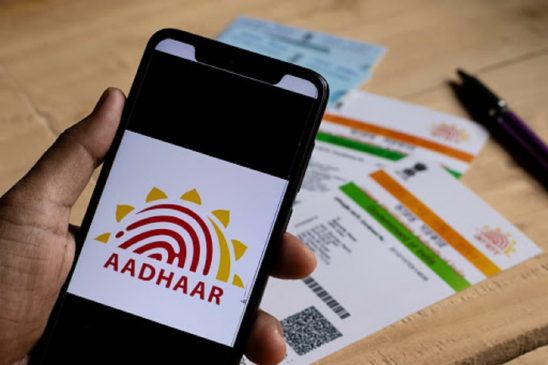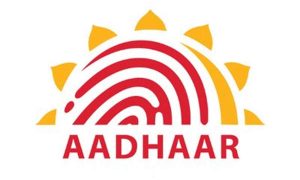Earlier this week, the Unique Identification Authority of India (UIDAI) urged Aadhaar holders who were issued the unique ID more than 10 years back but have not updated their details since then to update identification and residence proof documents.
UIDAI’s infrastructure is all geared up to take on fresh updation loads as massive public outreach is being activated to urge people to update documents if their Aadhaar was issued more than 10 years back, government sources said.
Read More: UIDAI update: Follow THESE steps to change address on your Aadhaar card
Earlier this week, the Unique Identification Authority of India (UIDAI) urged Aadhaar holders who were issued the unique ID more than 10 years back but have not updated their details since then to update identification and residence proof documents.
The sources said there may also be residents who got Aadhaar more than 10 years back but have not approached for any updation as they might still be residing at the same address or there is no change in their demographic details. The updation will be required even in such cases.
Accordingly, to provide facility to Aadhaar holders in this regard, the UIDAI has developed a new feature of ‘update document’. This feature can be accessed online through the myAadhaar portal, and myAadhaar app or residents can visit any Aadhaar enrolment centre to avail of the facility.
The new feature permits Aadhaar number holders to revalidate details by updating the Proof of Identity (containing name and photo) and proof of address (containing name and address) documents.
Read More: Indian Railways Update: IRCTC cancels over 140 trains on October 15, Check full list HERE
It was also observed that only a small portion of the society regularly updates their Aadhaar database. Many, including from semi-urban and rural areas, from time to time report mismatch when there is a requirement for Aadhaar, the source said, observing that this could be due to documents not being updated regularly.
The latest move will provide an option for the residents to recheck their Aadhaar details. The online facility is chargeable at Rs 25 and the services through Aadhaar centres will be charged at Rs 50.
Camps too will be set up to facilitate such updation near PDS distribution points or where local haats are held, and states are working out a blueprint of what works best locally.
Meanwhile, at the backend, UIDAI’s systems are fully prepared to take on the loads, and pilots have been successfully conducted in 40 districts over the last two months to iron out implementation issues in the run-up to the recent nationwide rollout, the sources said.
UIDAI has the capacity and wants all Aadhaars that need updation to be updated, they added.
The pilots were conducted to test and prepare the backend software and systems and ascertain the best method for implementation.
In a statement this week, UIDAI — the government agency that issues Aadhaar numbers — said, “Any person who had got their Aadhaar made 10 years back and not updated the information in any of the subsequent years are being requested to do document updation”.
UIDAI is strongly encouraging people to come forward to update their documents, citing the benefits of doing so — more than 1,000 state and central government schemes leverage Aadhaar for identification and authentication of beneficiaries, transfer of benefits, and ensuring de-duplication. Of these, nearly 650 schemes are of state governments and 315 central government-run schemes — all of which use the Aadhaar ecosystem and its biometric authentication.
The updation drive initiated now for Aadhaar issued 10 years back relates to the updation of demographic information and do not involve biometric update. A call on the biometric update will be considered if and when the need arises.
While 134 crore Aadhaar numbers have been issued till date, just how many Aadhaar holders will have to update their information after UIDAI’s latest request, is not known immediately. Last year, about 16 crore updates of various kinds took place.
The authority is also taking a close look at the changing ground-level realities for enrolment and updates, and the redistribution of resources is being undertaken accordingly.
Last year, as compared to nearly 16 crore updates, only about 4 crore were new enrolments. Of the 4 crore new enrolments, only 30 lakh are related to new adult enrolments and hence going forward, UIDAI is looking to spruce up resources for new adult enrolments at districts, tehsils and block levels while expanding update machinery overall.
The focus is on ensuring that the update machinery is widely available to match the updation needs that come up.
On the other hand, since the pace of new adult enrolments has reduced considerably but scrutiny and verification requirements involved are high, the idea is to strengthen those centres where adult enrolment cases are being handled.
As part of the effort to strengthen Aadhaar enrolment activities and proper monitoring of the activities at the district level, sources said district-level Aadhaar Monitoring Committees are being constituted by the district magistrate/district collector. It will also have representation of other stakeholders, including police, postal and bank officials.





































